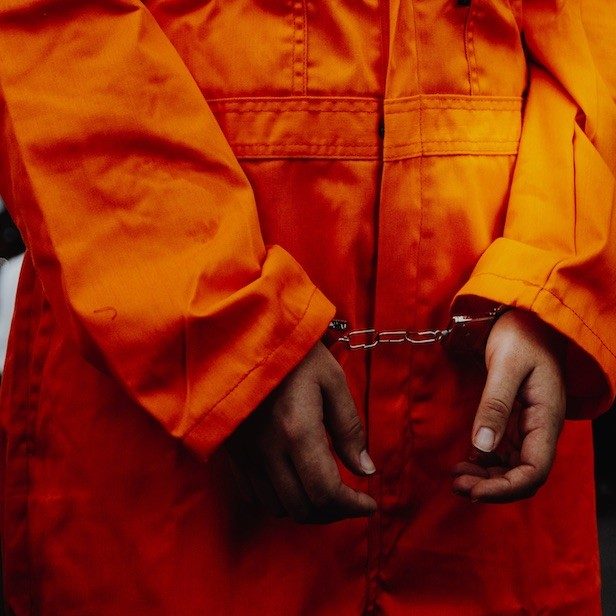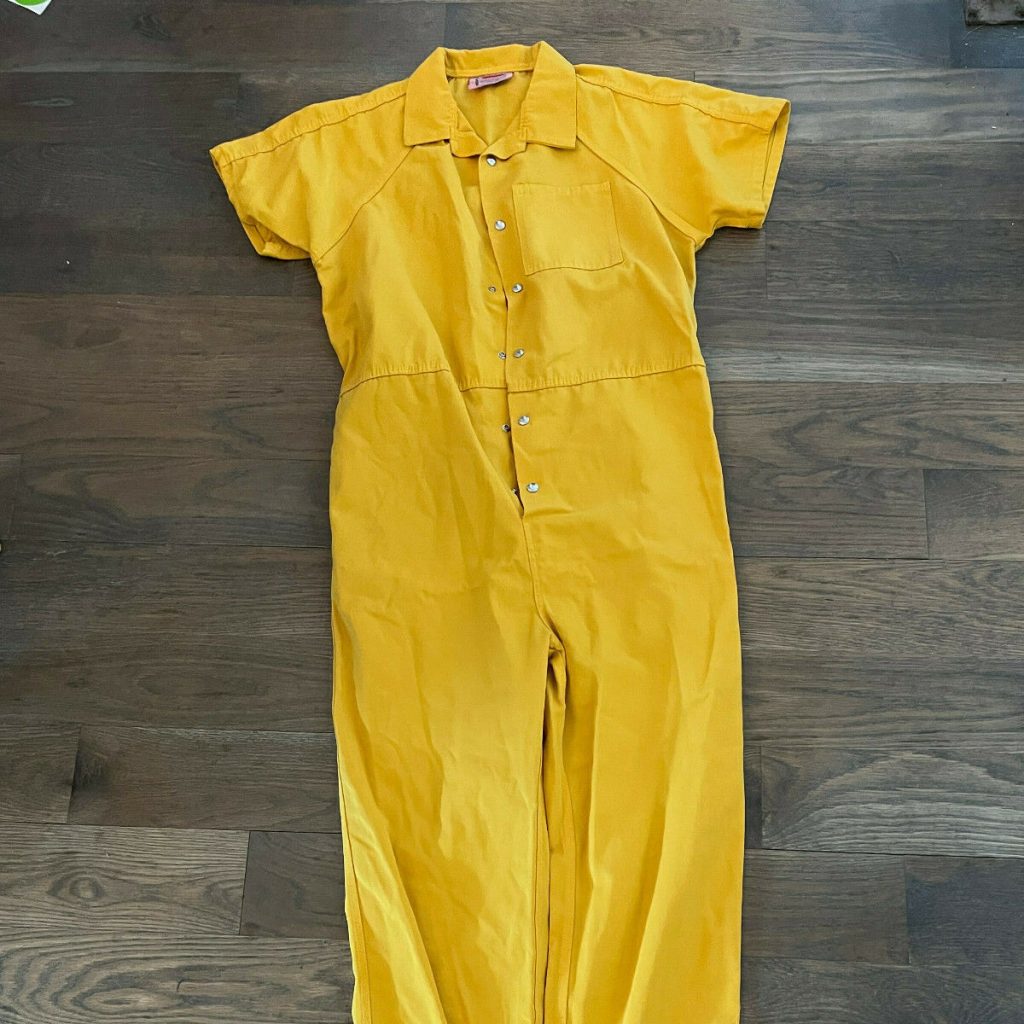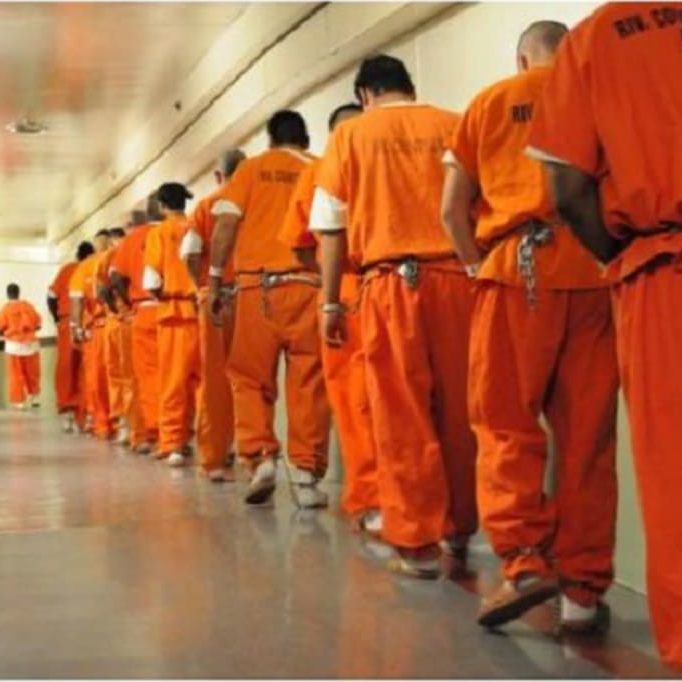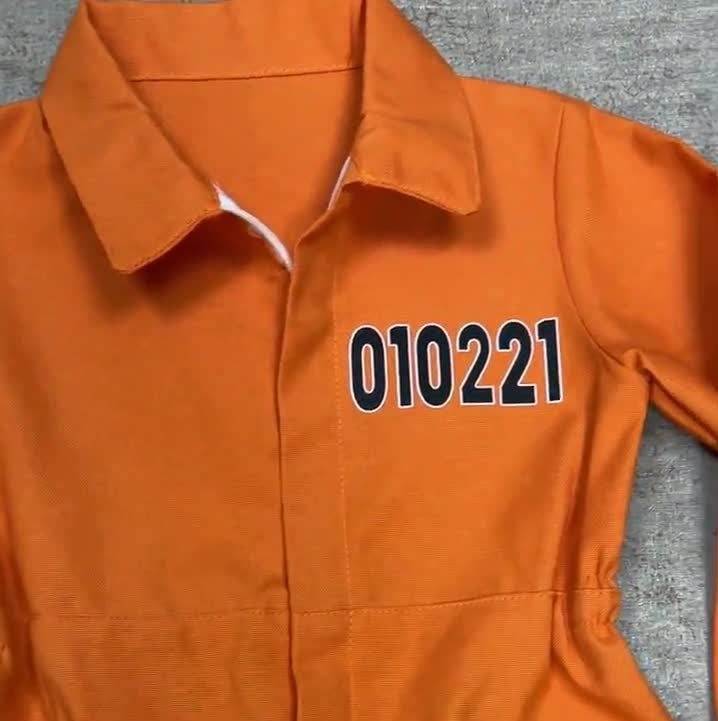Yellow jail jumpsuit meaning have become recognizable symbols in various contexts, from media portrayals to real-life incidents. These bright garments often signify incarceration and the system of justice. This article explores the meaning behind yellow jail jumpsuits, their historical relevance, appearance in popular culture, and their implications in discussions about prison reform and society’s view of crime.
Understanding the Origin of Yellow Jail Jumpsuits
A Historical Perspective
Yellow jail jumpsuit meaning have been part of the American penal system for decades. Initially, the color of prison uniforms varied significantly. However, many facilities began to adopt specific colors to distinguish inmates while enhancing security. Yellow became one of the prominent colors. It is bright and easily visible, making monitoring easier for correctional officers.
The yellow jumpsuit quickly became associated with prisons, mainly as a tool to identify inmates. The color choice has practical aspects; it offers high visibility in outdoor environments, reducing the risk of escapes or dangerous situations. Over time, the yellow jumpsuit has taken on a broader meaning, symbolizing the struggles faced by incarcerated individuals within the justice system.
Symbolism of the Color Yellow
Brightness and Connotations
The color yellow typically evokes feelings of warmth, happiness, and positivity. However, in the context of jail jumpsuits, it conveys a different message. In this case, yellow symbolizes caution, confinement, and a loss of freedom. The stark contrast between the garment’s bright color and the somber reality of incarceration highlights the struggles of those wearing it.
Additionally, yellow serves as a reminder of the broader societal issues surrounding the prison system. Many believe that the bright color can be a metaphor for the lack of resources, support, and rehabilitation available to inmates. It emphasizes how society often views imprisonment through a punitive lens rather than focusing on rehabilitation and reintegration.

Media Representation and Cultural Impact
The Influence of Film and Television
Yellow jail jumpsuits frequently appear in movies and television shows, reinforcing their symbolism. From crime dramas to documentaries, they provide a quick visual cue that a character is imprisoned. This widespread representation shapes public perception of justice and crime. Shows like “Orange Is the New Black” and “Prison Break” have popularized the yellow jumpsuit, making it a cultural icon.
The way these shows portray inmates in yellow jumpsuits can influence how society views incarceration. While some narratives offer a nuanced look at life in prison, others perpetuate stereotypes about criminals. The character’s actions, motivations, and backgrounds are often overshadowed by the visual symbolism of the jumpsuit, limiting deeper discussions about the systemic issues within the justice system.
Legal and Social Implications
Conversations About Justice Reform
The visibility of prison outfits in popular culture raises questions about the justice system and its approach to rehabilitation. Many advocates argue that the current penal system needs reform. Discussions often focus on issues like overcrowding, mental health resources, and the efficacy of rehabilitation programs.
By using the yellow jail jumpsuit meaning as a starting point, conversations can expand beyond mere symbolism. Advocates emphasize the importance of understanding the root causes of crime, such as poverty and lack of education. They argue that society should invest more in resources that help prevent crime and support individuals in making positive life choices.

The Perception of Incarcerated Individuals
Challenging Stereotypes
Yellow jail jumpsuits are a visual representation of societies’ perceptions of incarcerated individuals. Unfortunately, wearing a jumpsuit often leads to stigmatization and bias against former inmates. Many believe that the jumpsuit dehumanizes those who wear it, reducing them to mere symbols of crime rather than recognizing their individuality and potential for change.
Programs aimed at reintegrating former inmates back into society are crucial in combating this stigma. Support systems and resources can help bridge the gap between incarceration and a successful reentry into the community. Community organizations that offer job training, counseling, and support services play a vital role in changing the narrative surrounding individuals who have served time.
Alternatives to Traditional Jail Uniforms
The Push for Change
As discussions surrounding prison reform continue, some facilities have started to explore alternatives to traditional jail uniforms like the yellow jumpsuit. Ideas include allowing inmates to wear their clothing or opting for different colors that might convey a less punitive image. These changes aim to provide a more humane approach to incarceration and recognize the potential for rehabilitation.
Changing the way inmates are visually perceived can have a profound impact on their mental health and self-esteem. The uniforms worn by inmates influence how they see themselves and how society views them. By choosing apparel that doesn’t carry the same stigma, facilities can promote dignity and foster a more positive environment.

The Role of Advocacy Groups
Raising Awareness and Promoting Change
Various advocacy groups have emerged to challenge the negative perceptions associated with yellow jail jumpsuits and the broader issues within the penal system. These organizations work tirelessly to raise awareness about the complexities of incarceration, focusing on the importance of rehabilitation over punishment. They aim to educate the public about the circumstances that lead individuals to incarceration, emphasizing that many inmates come from challenging backgrounds, facing poverty, mental health issues, and lack of education.
These groups often host events, workshops, and campaigns to engage with the community and reshape the narrative around crime and punishment. By sharing personal stories from former inmates and their families, they illustrate the potential for rehabilitation and reintegration. They call for changes to laws and policies, advocating for more humane treatment of incarcerated individuals. The visible presence of yellow jail jumpsuits in media and public discourse can galvanize support for these initiatives. The goal is to create a system that offers individuals a chance to rebuild their lives, helping them emerge as contributing members of society rather than just offenders in the eyes of the law.
The Future of Prison Uniforms
Shifting Perspectives on Incarceration
Moreover, the discussion surrounding the future of prison uniforms, including yellow jail jumpsuits, indicates a broader shift in how we perceive incarceration and punishment. Many reform advocates argue that the attire worn by inmates should reflect a more rehabilitative approach to justice, rather than a strictly punitive one. New ideas propose that uniforms could symbolize the potential for growth and change, rather than just confinement. This can manifest in options that allow inmates to express their individuality while still maintaining security protocols.
Creating an environment that fosters dignity and respect can have significant effects on inmate behavior and mental wellbeing. Research shows that inmates who feel valued and respected are more likely to engage positively in rehabilitation programs. As society progresses toward a more informed understanding of criminal justice, the conversation on prison attire will likely continue. Advocating for evidence-based practices and reforms can lead to a prison system that prioritizes rehabilitation, allowing individuals to leave with tools and skills that enable them to lead productive lives post-incarceration. The journey from the yellow jail jumpsuit to a new approach in penal systems reflects a critical turning point in the quest for a more humane and effective justice process.
Conclusion: The Complexity of Yellow Jail Jumpsuits
Yellow jail jumpsuit meaning symbolize much more than simple attire for incarcerated individuals. They represent a complex intersection of history, culture, and social issues. Through understanding their meaning, we can engage in crucial conversations about justice reform, rehabilitation, and the stigma faced by formerly incarcerated individuals.
Finally, The yellow jumpsuit serves as a poignant reminder of the challenges within the penal system. As society continues to evolve, it is essential to consider ways to improve how we view and treat those who have been incarcerated. By challenging stereotypes and investing in reforms, we can work toward a justice system that values compassion, rehabilitation, and ultimately, human dignity.



